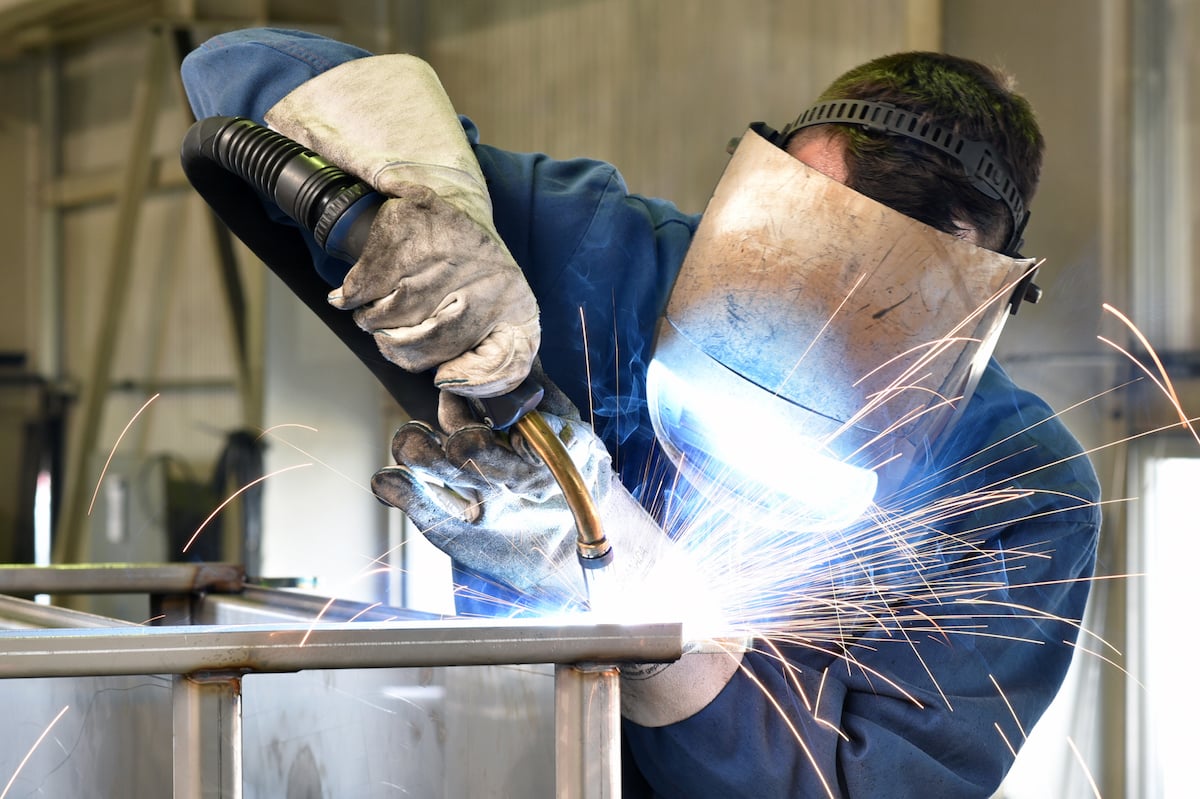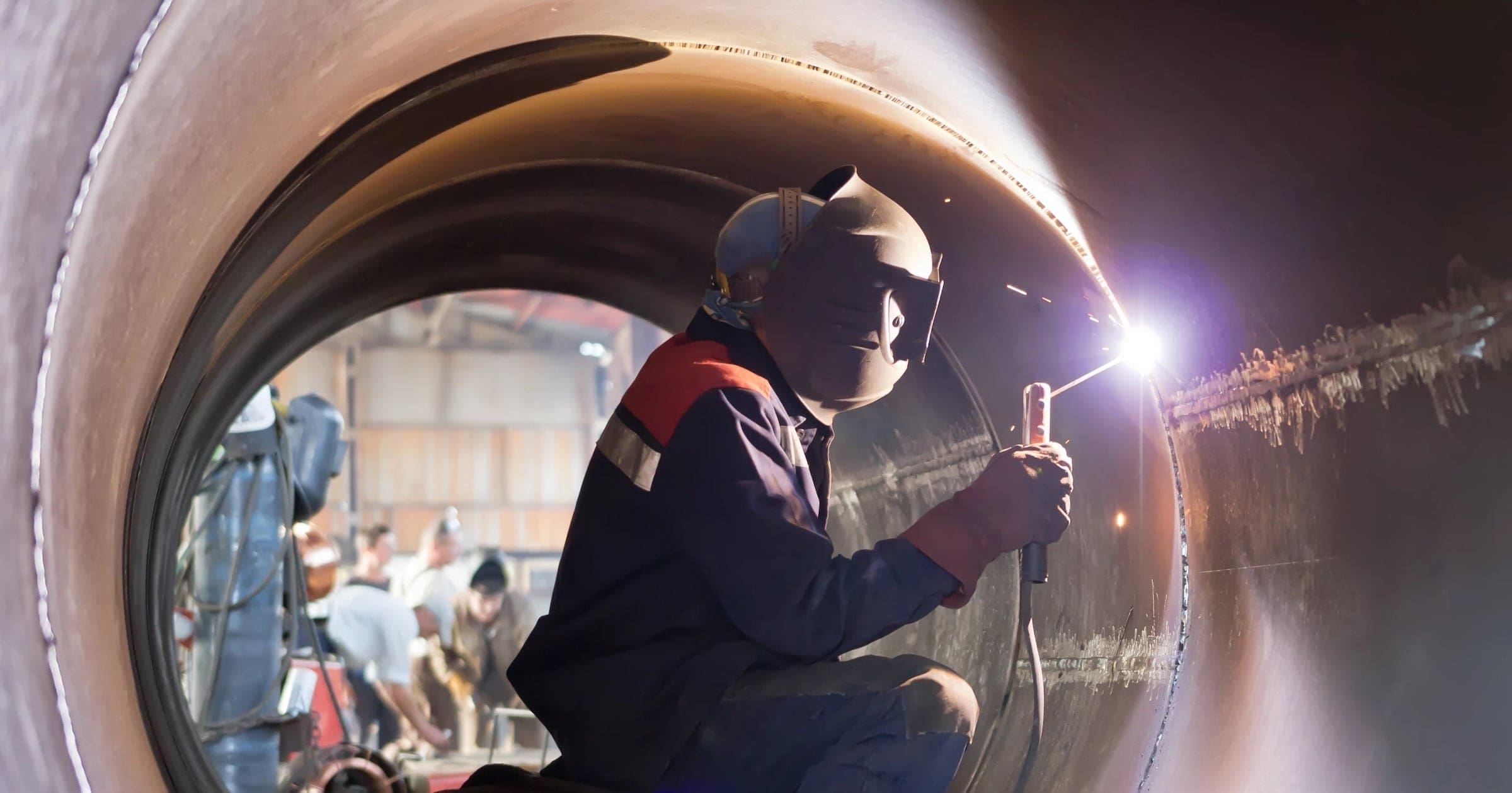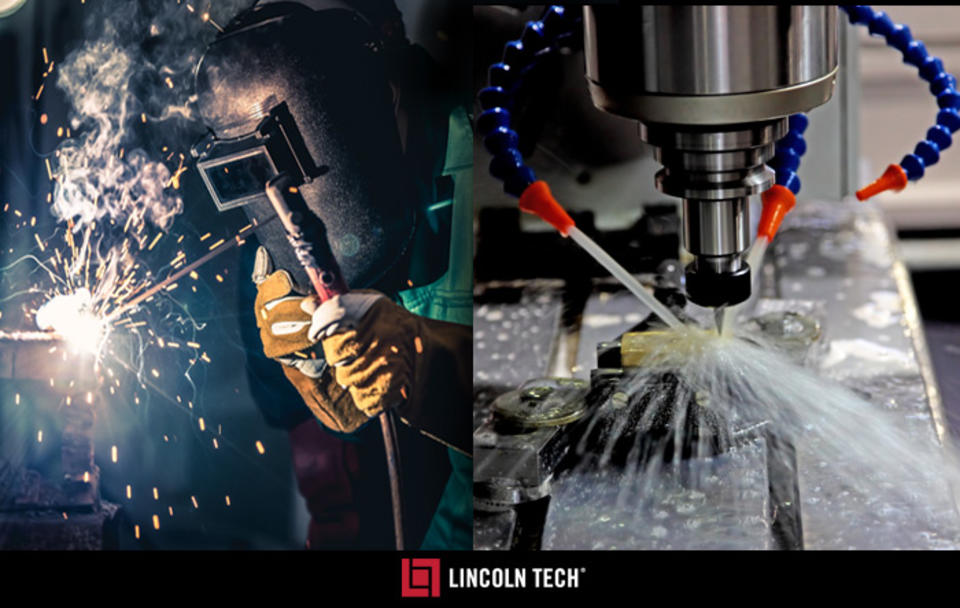Typical Welding Repair Issues and How to Address Them Successfully
Welding repair services often experience an array of problems that can threaten the integrity of the end product. Typical issues consist of inadequate penetration, porosity, and misalignment, among others. Each defect presents one-of-a-kind challenges that call for details techniques for resolution. Recognizing these problems is important for welders aiming to enhance their outcomes and skills. This discussion will certainly explore these common welding repair work problems and reliable methods to address them.
Poor Penetration
Insufficient penetration happens when the weld metal falls short to fully fuse with the base product, leading to weak joints and prospective structural failures. This concern typically originates from inadequate warm input, wrong electrode angle, or improper welding speed. Welders may come across insufficient penetration as a result of a miscalculation of the essential specifications for a details product density or type. Additionally, contamination on the base material's surface area can prevent reliable bonding, exacerbating the trouble. To attend to inadequate penetration, welders should guarantee appropriate setups on their tools and keep a tidy work surface area. Normal inspection of welds is advised to recognize any type of shortages early, permitting prompt modifications and the avoidance of endangered structural integrity in welded assemblies.
Porosity
Porosity is a common defect in welded joints that manifests as tiny gas bubbles trapped within the weld steel. This issue can jeopardize the honesty of the weld, bring about reduced strength and possible failing under anxiety. Montana Mobile Welding and Repair Belgrade Fabrication. Porosity commonly occurs from contamination, dampness, or inappropriate welding strategies, which permit gases to leave into the liquified weld pool. To deal with porosity, welders should assure correct surface prep work, maintain a clean workplace, and make use of ideal welding specifications. In addition, selecting the best filler product and securing gas can reduce gas entrapment. Normal assessment and testing of welds can assist recognize porosity early, assuring prompt rehabilitative actions are taken, therefore maintaining the high quality and integrity of the welded structure
Imbalance
Imbalance in welding can arise from different variables, consisting of improper setup and thermal growth. Comprehending the origin is essential for efficient resolution. A number of correction methods are available to straighten elements and guarantee structural stability.
Sources of Misalignment
Welding imbalance frequently stems from a variety of underlying problems that can compromise structural stability. One key reason is improper fit-up of parts prior to welding, which can lead to voids and unequal surfaces. Variants in thermal development during the welding process can likewise lead to distortion, especially if the materials being joined have different coefficients of growth. In addition, poor fixturing and securing may stop working to hold components securely in position, bring about movement throughout welding. Improperly maintained devices, consisting of welding equipments and tools, may introduce disparities in the weld grain, further contributing to misalignment. Operator error, stemming from insufficient training or experience, can also play a significant duty in developing misaligned welds.

Improvement Techniques Available
Addressing imbalance effectively calls for a mix of corrective techniques customized to the certain problems available. One typical method is making use of jigs or fixtures to hold elements in the proper position throughout welding, making sure consistent positioning. In addition, pre-heating the products can help reduce distortion and boost fit-up. For substantial misalignment, mechanical adjustment techniques, such as utilizing hydraulic jacks or clamps, can be utilized to remedy the setting before welding. Post-weld warm therapy might likewise be needed to alleviate anxieties brought on by imbalance. Ultimately, cautious evaluation and change during the setup stage can prevent imbalance problems from ending up being significant troubles, advertising a smoother welding process and improving overall architectural stability.
Distortion
Distortion is an usual challenge in welding that can arise from different factors, consisting of unequal cooling and heating. Recognizing the sources of distortion is crucial for executing effective avoidance strategies. Addressing this problem not just enhances architectural integrity yet likewise improves the general high quality of the weld.
Reasons for Distortion
When based on the extreme warm of welding, materials usually undertake adjustments that can result in distortion. This phenomenon mostly develops from thermal growth and tightening during the welding procedure. As the weld location warms up, the product broadens; upon air conditioning, it acquires, which can create interior stresses. Additionally, irregular home heating across a work surface can intensify these tensions, resulting in warping or bending. The type of material additionally plays a considerable role; metals with varying thermal conductivity and coefficients of growth may react in a different way, leading to unforeseeable distortions. Additionally, poor joint layout and poor fixturing can add to imbalance during welding, boosting the chance of distortion. Recognizing these causes is essential for effective welding repair service and avoidance strategies.
Prevention Techniques
Effective avoidance strategies for distortion during welding emphasis on controlling heat input and ensuring appropriate joint style. Maintaining a consistent warm input aids to reduce thermal development and tightening, which can lead to distortion. Using techniques such as preheating the workpiece can also lower the temperature gradient, advertising consistent home heating. Additionally, picking ideal joint styles, such as T-joints or lap joints, can improve security and lower anxiety focus. Implementing appropriate fixturing to secure the workpieces in area further help in preserving positioning during the welding process. Staggered welding series can disperse warm a lot more equally, protecting against localized distortion. By applying these approaches, welders can greatly lower the likelihood of distortion and boost the general quality of their welds.
Breaking
Splitting is an usual concern experienced in welding repair services, commonly arising from numerous aspects such as improper cooling rates, product option, or insufficient joint prep work. The incident of fractures can considerably endanger the honesty of the weld, resulting in possible failures throughout operation. To resolve this issue, welders have to initially examine the origin creates, ensuring that materials are compatible and suitably selected for navigate here the details application. In addition, managing the cooling price during the welding process is important; fast cooling can induce anxiety and bring about breaking. Correct joint style and prep work also contribute to lessening the risk. Applying these strategies can boost weld high quality and toughness, inevitably decreasing the probability of splitting in finished weldments.

Incomplete Combination
A considerable issue in welding repair work is insufficient blend, which happens when the weld metal does not sufficiently bond with the base material or previous weld passes - Montana see here now Mobile Welding and Repair Belgrade Fabrication. This issue can lead to weaknesses in the joint, possibly compromising the stability of the bonded framework. Variables contributing to insufficient combination consist of not enough warmth input, incorrect welding method, and contamination of the surfaces being signed up with. To resolve this problem properly, welders should assure appropriate pre-weld cleaning and surface area preparation, along with readjust their welding specifications to attain adequate penetration and blend. Normal examination throughout the welding procedure can additionally assist identify insufficient combination early, enabling prompt corrective procedures to boost the general quality of the weld
Overheating
While welding fixings can improve architectural honesty, overheating presents a significant difficulty that can cause material degradation. Too much warm during welding can alter the mechanical homes of steels, leading to decreased stamina, increased brittleness, and bending. This phenomenon is especially important in high-stress applications where structural reliability is vital. Identifying overheating can entail visual inspections for staining or distortion, along with monitoring temperature level during the welding process. To mitigate the risks connected with overheating, welders should use ideal strategies, such as controlling heat input, changing traveling speed, and using ideal filler products. In addition, applying pre- and post-weld warmth therapies can assist recover material residential properties and improve the total high quality of the repair work, making sure lasting performance and security.
Frequently Asked Concerns
What Are the Common Indications of a Welding Issue?

How Can I Test My Welds for Quality?
To test welds for quality, one can make use of aesthetic inspections, ultrasonic arc welding for beginners screening, and radiographic methods. Each technique ensures architectural integrity, recognizes issues, and verifies adherence to defined criteria, ultimately improving the integrity of the bonded joints.
What Security Preventative Measures Should I Take While Welding?
When welding, one should prioritize security by wearing ideal individual safety tools, guaranteeing correct ventilation, protecting combustible products away, maintaining a tidy workspace, and recognizing surroundings to avoid injuries and crashes.
Can I Fix a Weld Without Redesigning the Entire Joint?
Repairing a weld without redoing the entire joint is feasible, relying on the damage (Belgrade Welding). Strategies such as grinding, including filler product, or using a welding procedure can effectively resolve particular flaws while preserving the bordering structure
What Equipment Are Vital for Effective Welding Repair Works?
Necessary devices for reliable welding repairs consist of a welding equipment, cord brush, grinder, safety gear, clamps, and filler products. Each tool plays an essential role in ensuring quality and safety and security during the fixing procedure. Porosity usually emerges from contamination, wetness, or improper welding strategies, which allow gases to leave into the liquified weld swimming pool. Poorly kept tools, consisting of welding makers and devices, might present disparities in the weld bead, additional contributing to imbalance. When subjected to the extreme warmth of welding, products often undergo adjustments that can lead to distortion. Splitting is a typical problem encountered in welding repairs, typically resulting from different aspects such as incorrect air conditioning prices, product choice, or poor joint prep work. A considerable concern in welding fixings is insufficient fusion, which happens when the weld metal does not properly bond with the base product or previous weld passes.